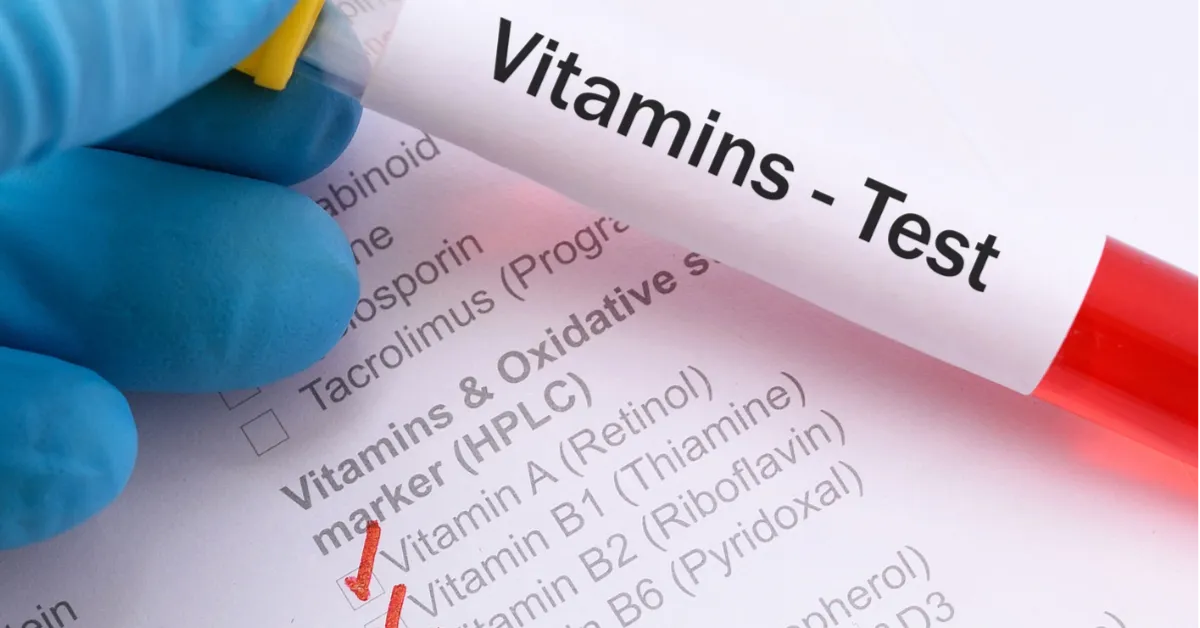USP Vitamin E Assay in Oils and Fats
The United States Pharmacopeia (USP) [1] test for vitamin E is a critical method used to determine the presence, quantity, and purity of tocopherols (vitamin E derivatives) in oils and fats. This assay is essential for ensuring that dietary supplements, pharmaceuticals, and other food products comply with quality standards set by regulatory bodies.
Vitamin E plays a pivotal role in maintaining human health by acting as an antioxidant to protect cells from damage caused by free radicals. In the context of food testing, accurate measurement of vitamin E is crucial for ensuring product integrity and safety. This assay helps manufacturers ensure that their products meet not only legal requirements but also consumer expectations regarding quality.
The procedure outlined in USP involves several steps, including sample preparation, extraction, derivatization (if necessary), chromatographic separation, detection, and quantification of the tocopherols. The method is designed to be robust enough to handle various types of oils and fats while providing precise results.
The test's accuracy depends on meticulous sample handling and strict adherence to procedural guidelines provided by USP. This includes ensuring that all reagents are properly stored and used within their expiry dates, maintaining proper temperature control during extraction processes, and utilizing appropriate chromatographic columns for optimal separation of components.
For effective application of this assay, laboratories must have well-calibrated analytical equipment such as gas chromatographs equipped with flame ionization detectors (GC-FID) or other suitable instrumentation capable of detecting trace amounts of tocopherols. Additionally, experienced personnel trained in performing this test are necessary to ensure consistent and reliable results.
The importance of this assay extends beyond mere compliance; it contributes significantly towards maintaining consumer trust by assuring them that they are consuming safe and effective products. By adhering strictly to USP , laboratories play a vital role in safeguarding public health.
- Customer Impact: Ensures consistent product quality, enhances brand reputation, promotes customer confidence.
- Safety Assurance: Protects consumers from potential harm due to substandard or contaminated products.
- Regulatory Compliance: Helps businesses meet regulatory requirements and avoid penalties associated with non-compliance.
In conclusion, the USP vitamin E assay in oils and fats is an indispensable tool for ensuring product safety and efficacy. Its implementation ensures that dietary supplements and pharmaceuticals contain adequate levels of this essential nutrient while being free from contaminants.
Why It Matters
The significance of the USP vitamin E assay cannot be overstated, especially within the food & feed sector. As mentioned earlier, accurate measurement of vitamin E is vital for ensuring product integrity and safety. This section delves deeper into why this test matters.
Firstly, it guarantees that products meet stringent quality standards set by regulatory bodies like the USP. Compliance with these standards not only protects consumers but also ensures that manufacturers remain competitive in an increasingly regulated market.
Secondly, accurate measurement helps identify potential issues early on during the manufacturing process. This allows for corrective actions to be taken promptly, preventing costly recalls and reputational damage.
Lastly, this assay fosters trust between manufacturers and consumers by demonstrating a commitment to producing high-quality products that are safe for consumption.
In summary, the USP vitamin E assay is more than just a compliance check; it's an integral part of maintaining product quality and protecting public health. By leveraging this method, laboratories contribute significantly towards achieving these goals.
Quality and Reliability Assurance
The USP vitamin E assay demands rigorous quality control measures to ensure reliable results every time. To achieve this, laboratories must implement stringent protocols throughout the testing process.
Sample preparation is critical; samples should be representative of the batch being tested and stored under controlled conditions until analysis begins. Extraction methods vary depending on the type of oil or fat but typically involve solvents such as chloroform-methanol mixtures followed by derivatization steps where needed.
The chromatographic separation step requires careful selection of stationary phases based on the composition of the sample matrix to achieve optimal resolution between different tocopherols. Detection and quantification rely heavily on accurate calibration standards and thorough validation studies conducted prior to actual testing.
Regular internal audits combined with external proficiency testing programs help maintain high levels of accuracy and precision over extended periods. Continuous training for personnel ensures they stay updated with latest developments in analytical chemistry relevant to this assay.
By adhering strictly to these procedures, laboratories can provide clients with confidence that their vitamin E content is accurately measured according to USP specifications.





